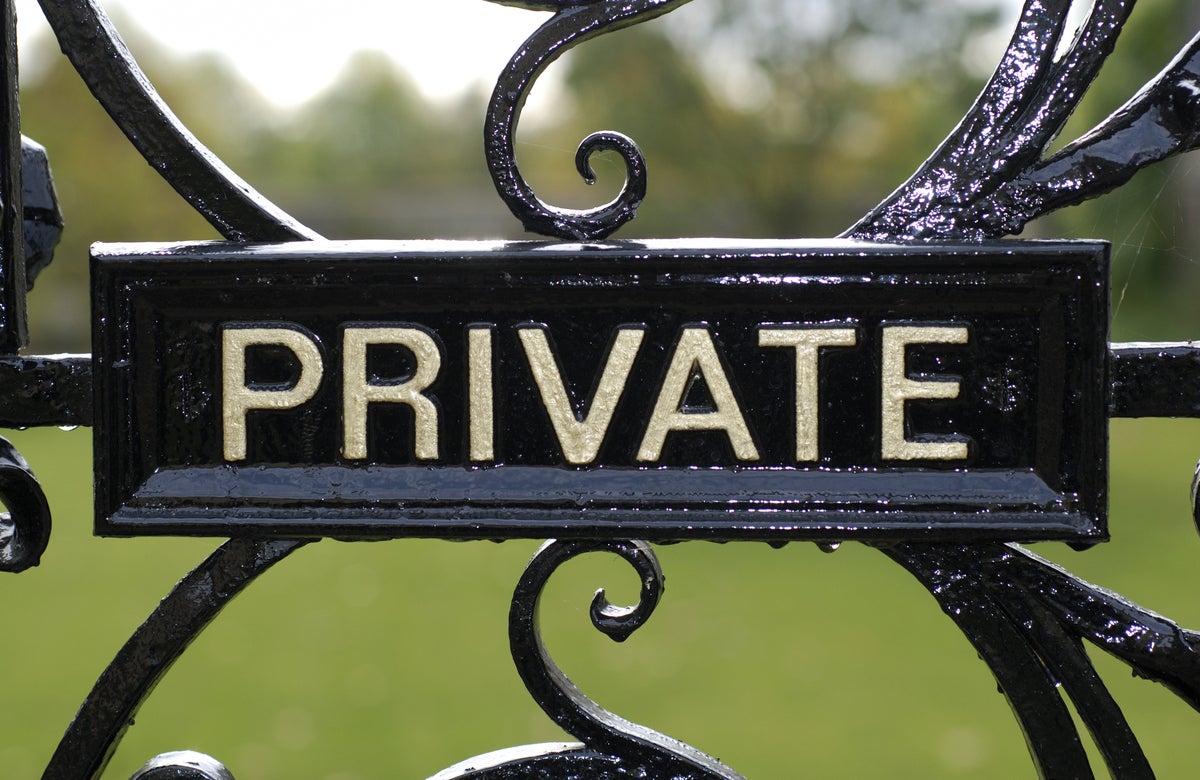
Snowflake on Thursday said it was making its Data Clean Room application generally available for free in the Snowflake Marketplace. The application, which was built on Snowflake’s Native Application Framework, will allow customers to set up data clean rooms at no additional cost, the company said.
Introduced in 2022, Snowflake’s Native Application Framework offers developers the ability to build and run applications inside the Snowflake Data Cloud platform, without the need to move data when building and running those applications.
Data clean rooms, according to Snowflake, provide a controlled environment that allows multiple enterprises, or divisions of an enterprise, to securely collaborate on sensitive or regulated data while fully preserving the privacy of the data. It allows personally identifiable information (PII) to be anonymized, processed, and stored in a manner that complies with data privacy laws.
The development comes just months after the company acquired data collaboration suite provider Samooha in December of last year. Snowflake, which was an early investor in Samooha, said then that it would use the company’s suite, which is also built on the Native Application Framework, for expanding its data clean room abilities.
Samooha played a pivotal role
“Samooha’s acquisition has played a pivotal role in reducing complexity in the ability to granularly join data across multiple parties while protecting data privacy and making it easier for both business and technical users to navigate, utilize the technology effectively,” said Christian Kleinerman, senior vice president of product at Snowflake.
Although Snowflake offered data clean room capabilities previously, the acquisition of Samooha improves the user experience and lowers the complexity of self-managing a data clean room by non-technical users, said Michele Goetz, principal analyst of business insights research at Forrester.
“The previous versions of Snowflake’s data clean room offering still required set up and management by the data teams,” Goetz explained.
This easing of complexity for non-technical users, according to Kleinerman, makes the offering a good fit for advertising, marketing, and media firms.
“Snowflake Data Clean Rooms allow marketers and brands to leverage off-the-shelf templates to solve for industry-specific use cases such as audience segmentation, incrementality analysis, look-alike modeling, etc.” Kleinerman said.
“However, to use clean rooms before the new release required technical skills to garner insights. Now business stakeholders can easily access the analyses, accelerating time to value and business outcomes,” Kleinerman explained.
Differential privacy from LeapYear
Data Clean Room also gets capabilities from the acquisition of another startup, LeapYear, which provided a differential privacy platform.
“Customers can now leverage differential privacy in preview, built by the LeapYear team and announced at Snowday 2023. Snowflake Data Clean Rooms support using differential privacy today for overlap queries and will expand to support the full differential privacy capabilities once they reach general availability,” Kleinerman said, adding that differential privacy and data clean rooms are different yet complementary technologies.
Differential Privacy is a mathematical framework to ensure that personally identifiable information is not leaked from a data set.
The general availability of Snowflake’s Data Clean Rooms is currently limited to enterprises using the AWS East, AWS West, and Azure West regions. The offering is still in preview for Google Cloud Platform.
Is Snowflake ahead of rivals?
Although several startups, such as Herb, and AWS provide data clean room offerings, most of Snowflake’s rivals, essentially cloud data warehouse providers, have not been focusing on offering data clean room capabilities, according to Goetz.
“While cloud data warehouses and other offerings may have no-code/low-code tools for clean rooms, they still require data teams or more technical users to set up domains and properly configure a data clean room due to the complexity of data governance and access settings,” Goetz said.
In fact, the cloud data warehouse vendors are in the practice of commonly forming partnerships with dedicated data clean room providers and recommend these to their customers for customer experience (CX) and marketing needs, the principal analyst explained.
In addition, Goetz said that Snowflake could be a few steps ahead because, although there are dedicated data clean rooms, almost all of these are commonly associated with advertisers and media platforms. “Agnostic data clean rooms can be an added expense while Snowflake’s application is free,” Goetz said.
Copyright © 2024 IDG Communications, Inc.
